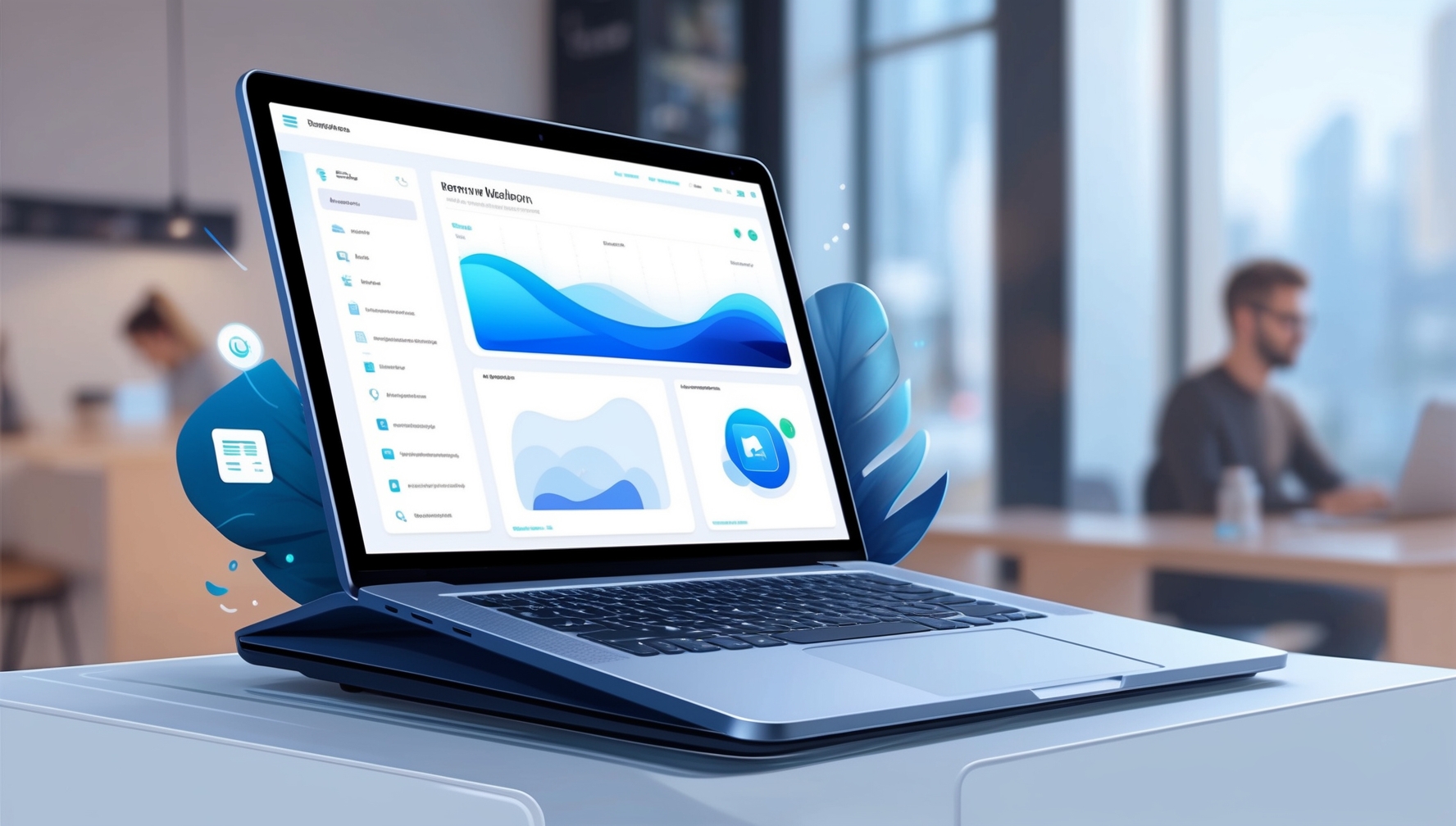Home>Latest News>Technology Trends>The Role Of Enterprise Platforms In Remote Work Management


Technology Trends
The Role Of Enterprise Platforms In Remote Work Management
Modified: September 10, 2024
Discover how enterprise platforms streamline remote work management, enhancing collaboration, productivity, and communication for distributed teams.
(Many of the links in this article redirect to a specific reviewed product. Your purchase of these products through affiliate links helps to generate commission for Techsplurge.com, at no extra cost. Learn more)
Table of Contents
The work landscape has changed dramatically over the past few years. This has become the regular working method, with many companies embracing remote work. Now, businesses are regularly spreading teams across different locations.
This shift also proves that it is all about enabling employees to work productively, regardless of their physical location. As remote work became more prevalent, the supporting tools and technologies advanced, too.
In particular, enterprise platforms are the most crucial element in managing remote work. These are cloud-based programs that help enterprises optimize their operations on a global basis. They deliver one shared, seamless experience that enhances teamwork and accountability among dispersed groups. Now, remote employees can use the same digital systems from anywhere.
This article will explore the role of enterprise platforms in shaping various aspects of remote work.
1. Employee Engagement
It is difficult for employees to sustain interest and even be part of the group without frequent face-to-face interaction. Therefore, enterprise platform become a glue that holds meaningful employee engagement together from any distance.
These programs bring about bonding to faraway employees to participate in activities even though they are far from one another. Sharing spaces, appreciation, and updates are some of those things. Think of this as a way to create engagement wherever each one is currently living.
In addition, teams attempt to get people to contribute by making these spaces part of their daily workflow. The software also allows communities to do what they are interested in or talented at doing. Training others can take place anywhere there are experienced workers. These tools help transfer knowledge either when new people start or leave work.
2. Resource Planning and Management
Enterprise platforms are essential in managing remote teams. Dashboards and reports in such systems help managers get an overview of crucial details of everyone’s work.
For instance, management can track workflows, team productivity, assigned tasks, and even future planning in these company-centered solutions. Dynamic dashboards display the real-time completion status of all tasks at hand in a project versus its deadlines. This helps maintain accountability for their work from remotely distributed teams.
This level of transparency makes it possible to take reactions in good time based on the insights learned. Resource use tracking may raise flags of resource imbalance even in management, for instance, uneven staffing levels. The manager will know which teams have excess or fewer workers and thus do whatever is necessary to rectify the situation.
These metrics drawn from tools such as ERP, HCM, and CRM management systems give leadership a bird’s eye view. It further enables data-driven workforce planning and changes when necessary. It also keeps remote work aligned with the schedules and needs of the company.
3. IT Service Management
As more people work remotely, it is crucial to help employees no matter where they are. Shared work platforms that many companies use play an important role. They make essential tasks easier when teams are not together in one area.
These shared workspaces bring data and tools together in one spot, helping remote work run smoothly. For example, some solutions like ServiceNow collect details about software and changes from different systems in one place. This information gives IT workers one source of correct information they need to do their jobs from anywhere.
The features also extend other abilities. For example, asset management allows tracking things like computers and equipment from a central screen even when far away. Network managers can see and control assets without being with them physically. Automatic warnings, along with this central view, help teams respond faster to any remote employee problems.
4. Performance Management
Shared enterprise platforms like HCM platforms are significant for managing staff performance when people work remotely. They include digital goal setting, regular check-ins, and review and feedback tools. This makes it easy for remote employees to talk about their work, progress, and productivity no matter where they are.
These performance sections, which are part of the shared workspaces, also allow for the prediction of staff success. Managers can use insights to find remote workers with a talent for faster career growth. Signals about involvement, skills, or thoughts of quitting found in the workspace data can help shape training or strategies to keep staff.
The information collected helps even when employees are far away. It provides a seamless way for remote teams to regularly connect on work accomplishments. Identifying top talent early lets companies support career growth. Knowing when retention may be at risk helps create solutions.
5. Time and Attendance Tracking
Keeping track of time worked is also essential for remote jobs. Integrated work systems have made this easier. Enterprise platforms with tools like Workday, Oracle, and SAP include apps to clock in and out, assign time to projects, and request or approve time off from any device.
Some workspaces can distinguish focused work from breaks or time spent in the office from time spent remotely. They use automatic work logs and mobile phone location tracking. Advanced AI in these systems finds possible errors quickly based on patterns and context.
Having attendance in one place on shared platforms makes payroll and rules easier. It also provides analytics to improve schedules, compare remote versus on-site work productivity, and better guide large remote teams. This unified approach through shared systems supports both employee flexibility and management needs.
Key Takeaway
Workplaces are constantly changing. Now, many companies use enterprise platforms to help people work together better. These tools make it easy for employees to collaborate from any location. Whether working remotely, using a mix of in-office and remote, or sharing desks, these platforms streamline workflows.
Enterprise platforms will become even more critical as companies let employees work from home or set their schedules. They will form the foundation for giving staff modern experiences.

